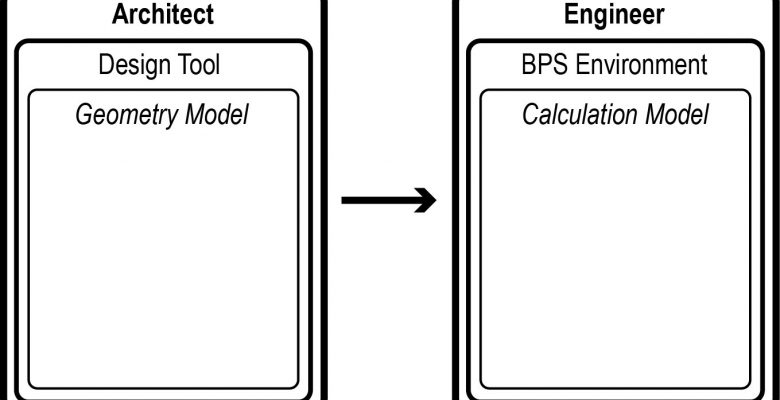This article discusses methods for integrating parametric design methods with building performance analysis procedures, suitable for whole building design. In this research, an ideal framework was developed and tested using existing software applications, including Building Information Modeling (BIM), non-BIM, parametric design and building performance analysis applications. Current software programs that can integrate some form of building performance simulation with parametric modelling include Rhino 3D (non-BIM), Revit (BIM), and SketchUp (non-BIM). Revit and Rhino have visual programming plugins to aid in the creation of parametric forms. In this research, three different workflows were tested, which integrate building performance analysis applications. Specifically, Honeybee and Ladybug (for Rhino 3D), Insight 360 (for Revit) and Sefaira (for Revit) were evaluated.
A case study building was used to test and evaluate the workflows, interoperability, modeling strategies and results. Three different performance aspects were analyzed: 1) energy analysis, 2) solar radiation, and 3) daylighting. Simulation results were recorded and analyzed. However, besides simulation results, this article provides an in-depth discussion of the modeling procedures, parametric capabilities, ease of integration and interoperability between different software applications. The results show a promising course for integrating parametric design with building performance simulations. Each evaluated workflow has certain benefits and drawbacks, which are discussed in the article.
This article originally appeared in Vol 10.01 of the Perkins+Will Research Journal. CLICK HERE to see the whole article.

